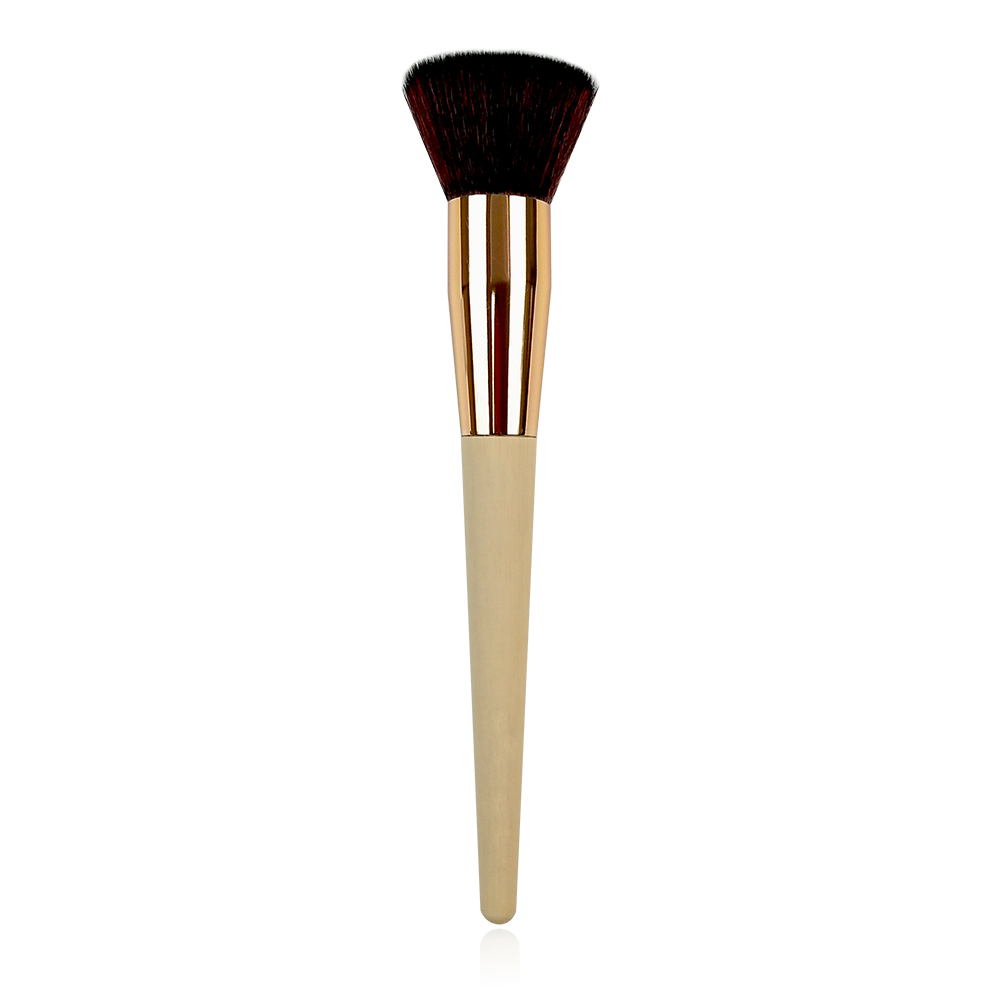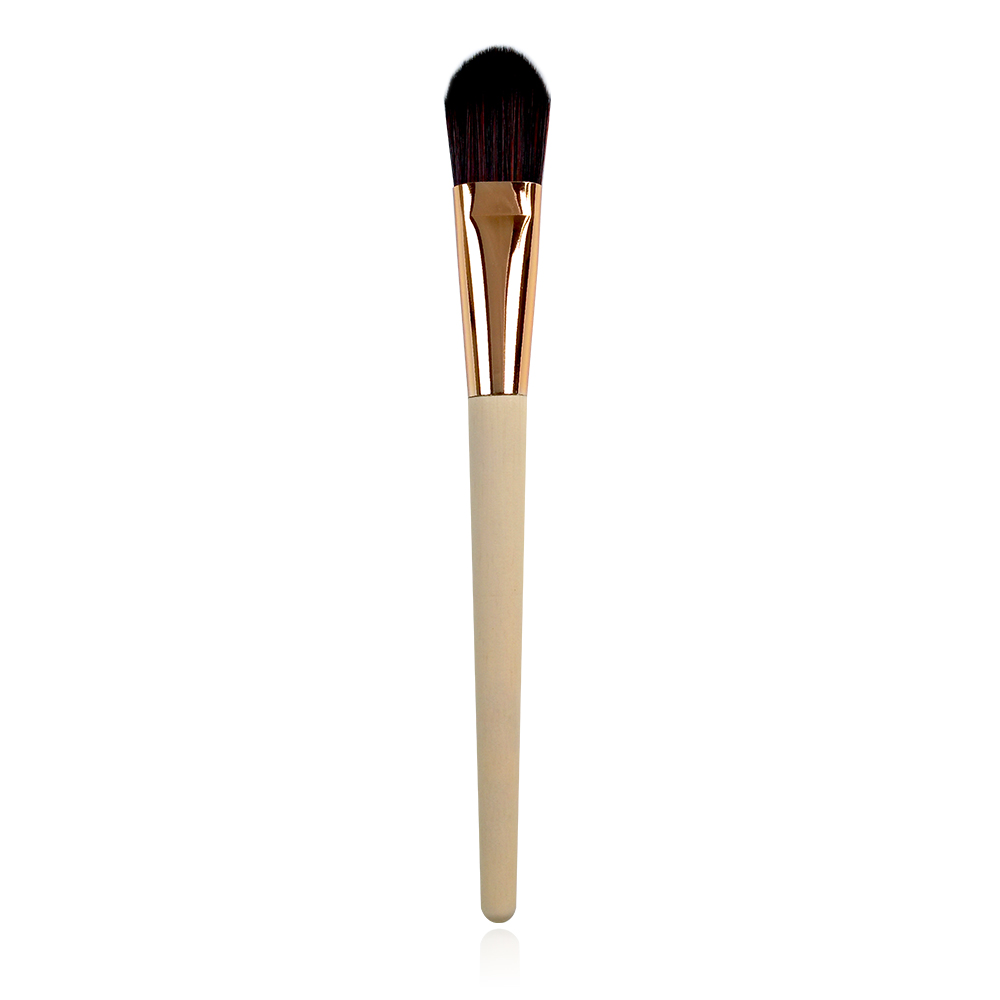The crust formed by ink storage and the appearance of peeling before printing or printing often cause endless troubles for packaging and printing companies, and at the same time, it also increases the production cost of the company by nearly 1‰. This failure is due to the surface of the package printing ink in the storage or printing process due to contact with the air, resulting in the oxidation of vegetable oil or the volatilization of organic solvents, resulting in the polymerization of the ink system and other effects, the formation of gel - the commonly known as the printing ink knot skin. Because it is difficult to reconstitute after crusting, it will generally be drained.
We know that when the printing ink concentration increases to a certain value, the surface will be covered by a layer of molecules. Even if additional solvent or grease is used to reduce the concentration of ink, the surface of the skin that has been crusted (gel) is also It is impossible to accommodate more molecules. After this kind of failure appeared, it not only caused trouble for printing, but also caused a great waste of materials. According to calculations, the lighter will waste 1 mile, and the heavy waste will be nearly 1%. This tangible consumption adds a heavy financial burden to packaging and printing companies. In order to prevent such phenomena from happening, ink producers or printing operators usually use artificial or placed polyethylene tube to stir and supplement anti-skinning agents for the purpose of salvaging. The only purpose is to minimize printing costs. Based on the experience and observations accumulated over the years, the author introduces methods and measures for preventing the crusts of packaging printing inks for reference by fellow readers.
First, the measures taken after the packaging printing ink crust
As we all know, when the ink in the ink fountain forms a layer of film due to the drying of the surface during the printing process, either a stirring device is placed or the ink is simply thrown away. Otherwise, the film will adhere to the roller and the result will be Make the layout uneven, resulting in the printed product appears chaotic contamination. The reason for this is that the ink industry tends to: (1) the ink dries too quickly; (2) the ink is poorly fluid; (3) the ink has dried out. But I do not know this phenomenon is caused by the evaporation of the ink system, or evaporation, or oxidation drying gradient caused by large, while the printing industry believes: ink ink tank or ink fountain structure is not good, resulting in a non-flowing retention part from the dry The air leaked from the machine dried the surface of the ink or caused by the ink blown into the ink fountain. Although there are different opinions, but the emergence of this phenomenon, the printing operators generally use the following treatment methods: (1) can not use fast drying ink; (2) add medium and slow dry solvents; (3) replace the deterioration of the Ink (i.e. from poor flowability to excellent fluidity); (4) Stirring in the ink fountain; (5) Setting a closed top cover on the ink fountain; (6) Adjusting the hot air blow angle. Persons who have general experience in printing experience, when the dry speed is too fast, or the ink concentration is too light, or the flow is poor, or the ink is thixotropic, or the ink is electrostatically charged, the method of adjusting the speed of the printing machine will be adopted to prevent the ink. The dried knots are formed on the printing plate earlier, and the crust formed by the film forming the packaging printing ink is overcome, eliminating the speckle failure of the graphic.
Second, stable packaging printing ink graphic film quality
The ability to control the free radical polymerization, drying or solvent evaporation of the packaging printing ink ink film, and the active role of oxidation can achieve the purpose of preventing crusting. However, this control function must be based on the need, neither affecting the drying rate of the film-printing graphics, nor the performance and quality of the ink product. This is the minimum standard for ink manufacturing. In order to achieve this goal, the author suggests using the following three methods:
Method one: Add antioxidants and retarders. In the printing ink system, the function of adding an antioxidant or a retarder is to prevent free radicals from being generated in the film-forming process of packaging and printing, thereby interrupting the oxidation and volatilization polymerization of the ink film. Once the solvent evaporates in a very short time, the oxidation process of the oil is also reduced, and the free radicals produced by the ink will continue to polymerize into a film (such as the Tianjin Liexue Chemical Factory product series).
Method two: Add oxygen barrier agent. A liquid paraffin known as an oxygen barrier agent is added to the packaging printing ink, and the generated vapor is filled between the ink drum, the can, and the box to form an oxygen barrier layer (film), thereby effectively preventing the vapor pressure. The solvent in the ink system is very volatile.
Method 3: Add complexing agent. The use of anthraquinone compounds (methyl ethyl ketone oxime, butyraldehyde oxime, cyclohexanone oxime, hydroquinone, etc.) controls the activity of the drier activator in the ink system and serves to retard or prevent crusting.
For a long time, packaging printing inks have added anti-skinning agents (ie, polymerization inhibitors) for more than 50 years. Most of the past 40 years have used phenols, while in inks, benzoic acid has been used, which is higher than the earliest selection. The boiling point solvent cover is both time-saving and labor-saving. Because the phenolic compound itself is a proton donor, it can produce a peroxide radical reaction during the oxidation reaction, generate ROOH, and at the same time form a stable antioxidant free radical, trap active free radicals, and terminate the reaction of oxidative polymerization - Prevents the crust of the printing ink.
With the development of science and technology, in recent years, after the use of anthraquinone compounds as ink anti-skinning agents, it has been found that butyraldehyde and methyl ethyl ketone oxime have the best effect on preventing ink crusting. Some ink manufacturers and packaging printers believe that the anti-gelling effect of terpenoids has surpassed traditional phenolic compounds. In the 1980s, China successfully developed the methyl ethyl ketone oxime anti-skinning agent for the first time. Following the advent of butyraldoxime, China's application and effectiveness have reached the world's advanced level.
Third, the scope of application and precautions of anti-skinning agent
Oxidation of packaging printing inks, in particular solvent volatilization speed, oils of modified resins, pigments used, fillers, amount of driers, storage environment temperature of the finished ink, humidity and other factors on the crust of the ink (gel) It has certain influence, so when using anti-skinning agents (gelling agents), we must take into account the above factors in all aspects, but also should pay attention to the basic situation of the addition of seven aspects:
1, add the amount. Generally calculated according to the ink material (because the main component of the skin is the main raw material of the ink) or calculated according to the total amount of packaging printing ink, but also taking into account the influence of other components. Usually the amount of addition is between 0.1-0.3%. Because of the different temperatures and humidity throughout the year, the speed of the crust is somewhat different. Therefore, it is 0.1% in winter, 0.3% in summer, and 0.2% in spring and autumn. Again depending on the composition of the formula is only scientific.
2, ink film dry rate. Regardless of the oxidation or evaporation rate at normal temperature or the rate of evaporation, we have proved in practice that the amount of methyl ethyl ketone oxime in offset printing inks made from alkyd resins is generally 1%. Although the drying speed is slightly longer, it is still in the package printing. Within the prescribed standards. This is due to the fact that the complex formed by the auxiliaries and the driers causes the activator to temporarily lose its activity. Therefore, unlike the conventional principle of using a phenolic compound to trap the living radicals to terminate the polymerization reaction, the quinone compound is different. The effect on the dry rate is not significant, if the amount is too much, the volatilization time is prolonged, and the disintegration of the complex is too slow, which often affects the film forming and drying rate of the packaging printing ink.
3, yellowing. Once the anti-skinning agent exceeds 0.3%, yellowing of the printing ink film is often caused, and in particular, it is used in a white ink, which causes yellowing problems when stored for a long time. Therefore, the occurrence of yellowing failure can be avoided by strictly controlling the amount of addition or changing to butyraldehyde oxime.
4. Color degree. After the packaging printing ink is added with the prevention of the skinning agent, it will often directly affect the color degree of the ink. Generally, the effect of the ink change is greater than that of the color ink, and the printing effect of the white or yellow ink is greater than that of the deep color packaging printing ink. In general, this phenomenon is difficult to observe by visual inspection and is independent of the added amount. Although we already know that the hue of the ink film is not affected by the filming and drying of the packaging and printing graphics, but in the presence of certain pigments (such as amphoteric pigments) and driers, the color ink film for packaging and printing is packaged and printed. There will be significant differences between shades that will plague palettes. When encountering this kind of situation, should carry on the experiment of chromatic aberration first while making the ink continuously and draw a picture, its purpose is to prevent the appearance quality of the ink membrane from affecting because of discoloration after printing.
5. Printing ink film state. Although the anti-skinning agent does not have any influence on the state of the printed ink film, the packaged printing ink will precipitate crystals when it is stored at a low temperature for a long period of time, resulting in cloudy turbidity of the packaged printing ink and hindering the luster of the ink film. If the above mentioned materials are not properly designed with the binders, pigments, fillers and driers in the ink system, larger particles will appear. Therefore, it should be tested before printing.
6. Luster and weather resistance. After the addition of the anti-skinning agent, the gloss of the printing ink is not only not affected, but also has gloss retention. After adding additives, the weather resistance of the printing ink film has been improved and improved.
7. Instructions. The anti-skinning agent is generally added at the time of ink adjustment and added at room temperature while stirring. For the volatile ink, in order to control the ink and the color material during grinding and dispersing and during the storage, particularly during the printing process, a portion may be added during ink production, and it is preferable to add a portion before printing.
The hazards and prevention of the crust of packaging printing ink
This category is for Foundation Brushes. Each brush features a dense brush head perfect for applying foundation products.
The foundation brush with flat top can be used with wet or dry products and it is idea for application foundation on to the face for a full coverage finish. The densely packed bristles allow for faster and more even application. The Flat Foundation Brush with pointed tip is idea for use with cream or liquid foundations and can also be used with concealer or contouring products.


Dense Foundation Brush,Foundation Brushes,Best Foundation Brush,Foundation Brush For Liquid
SHENZHEN MERRYNICE COSMETICS CO., LTD , http://www.merrynice.com